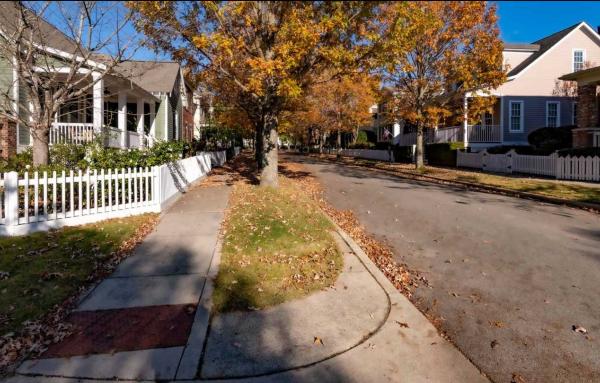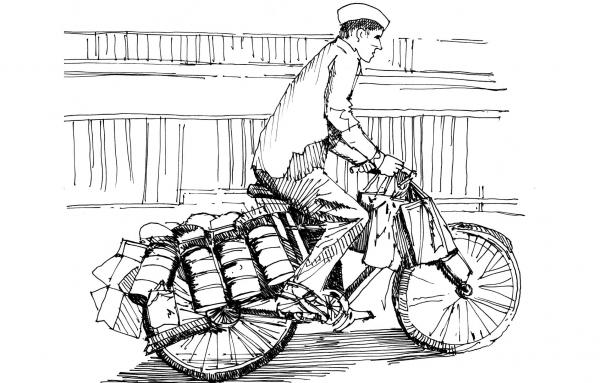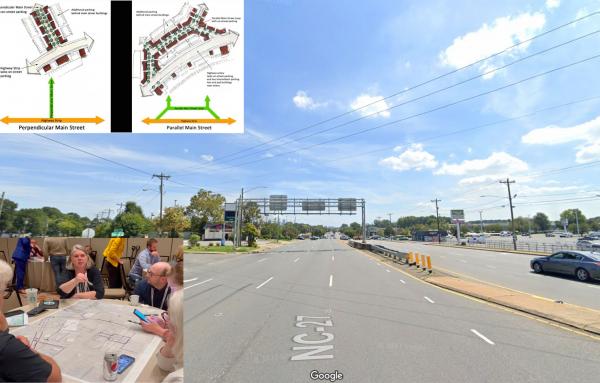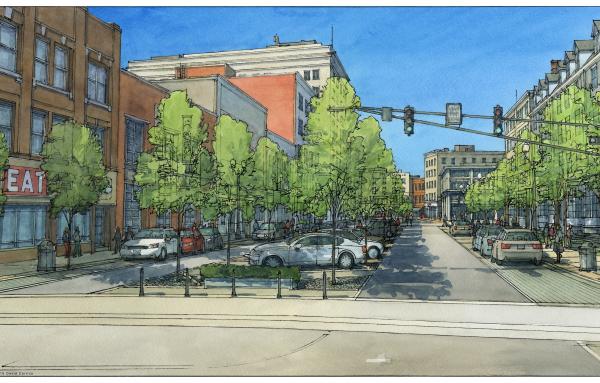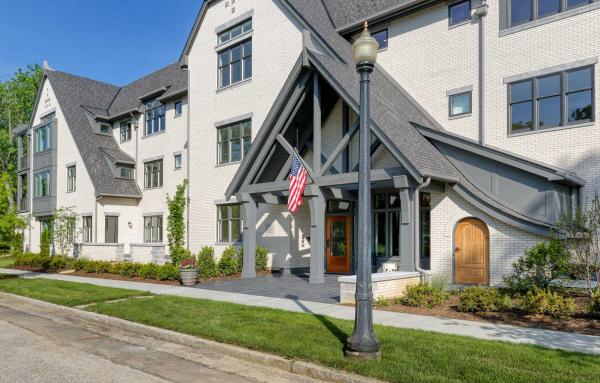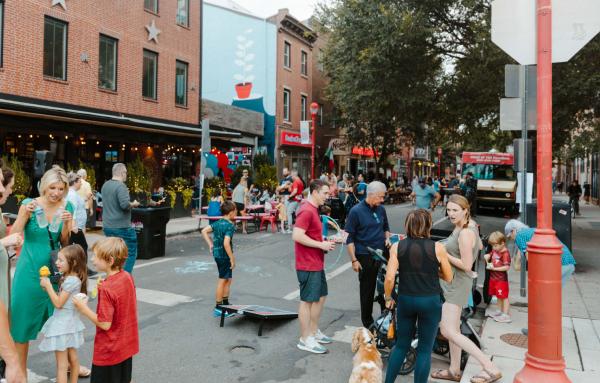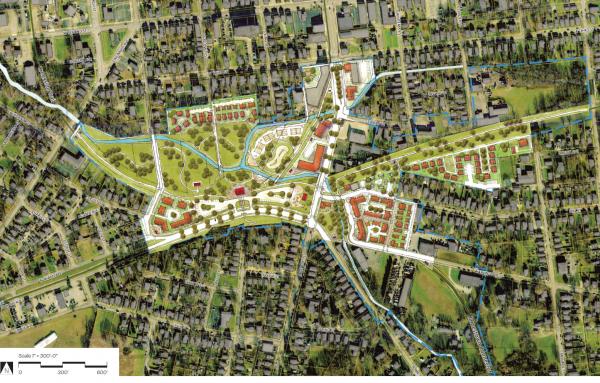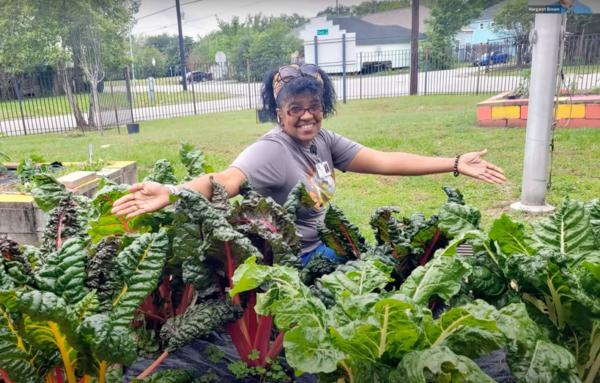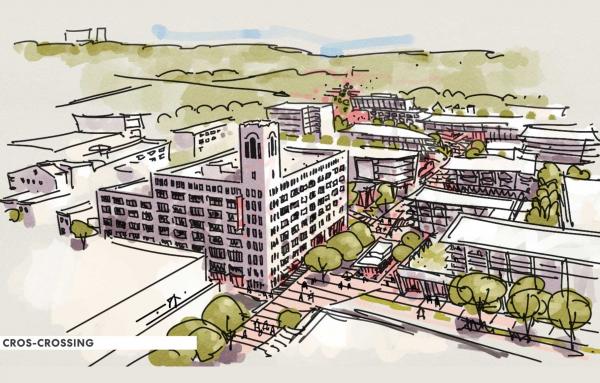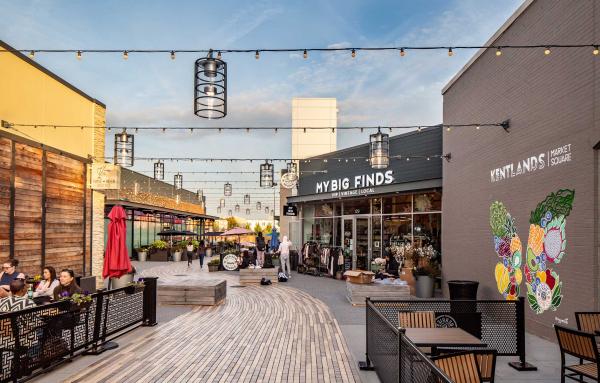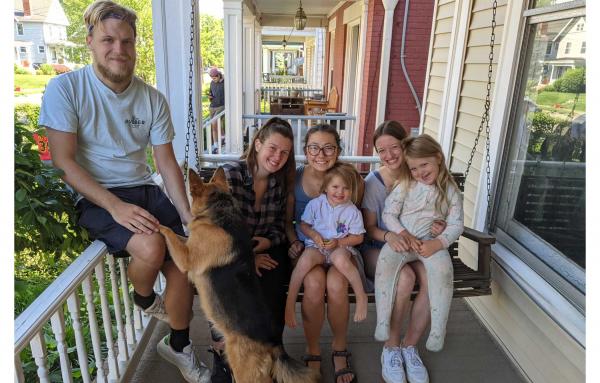RECENT ARTICLES
Providence in Huntsville looks like many other traditional neighborhood developments, but it also boasts three times the number of jobs as residences. How did it accomplish that and other seemingly impossible tasks?
The traditional, low-tech system of delivering lunches in India's largest city is an inspirational model to sustainably reduce carbon emissions.
A report on a workshop in Charlotte shows how Christopher Alexander’s pattern language can be expanded to improve communities.
Adding sensitivity to courage, intelligence, and vitality is a recipe for an equitable land-use plan, according to The Equity Planner.
‘Foundational courses’ will cover walkability, health, suburban retrofit, street design, Tactical Urbanism, tree canopies, land-use regulations, building types, and more.
Mariemont was an experiment in the power of new town design to produce a more humane and civic-centered life across the economic spectrum.
Practitioners and thought leaders convene to explore new urbanists’ commitment to building great places for all people, beginning with the gendered urban experience.
The Xenia Hub District plan aims to rebuild a neighborhood around a multi-use trail hub near downtown.
From toilet plungers for bike lanes to community gardens on vacant lots to locally sourced incremental development, citizens are finding creative ways to make urban space while bypassing traditional bureaucratic systems.
The Cincinnati neighborhood of Camp Washington has a remarkable capacity for economic development, but the challenge is to manage growth without losing the unique mix of buildings, uses, and people.
Design changes to the center of Kentlands, the influential traditional neighborhood development, show the potential for urbanism to improve as it ages.
CNU’s Legacy Project in Norwood, Ohio, examines strategies for connecting neighbors, neighborhoods, and the city as a whole to the larger region.
